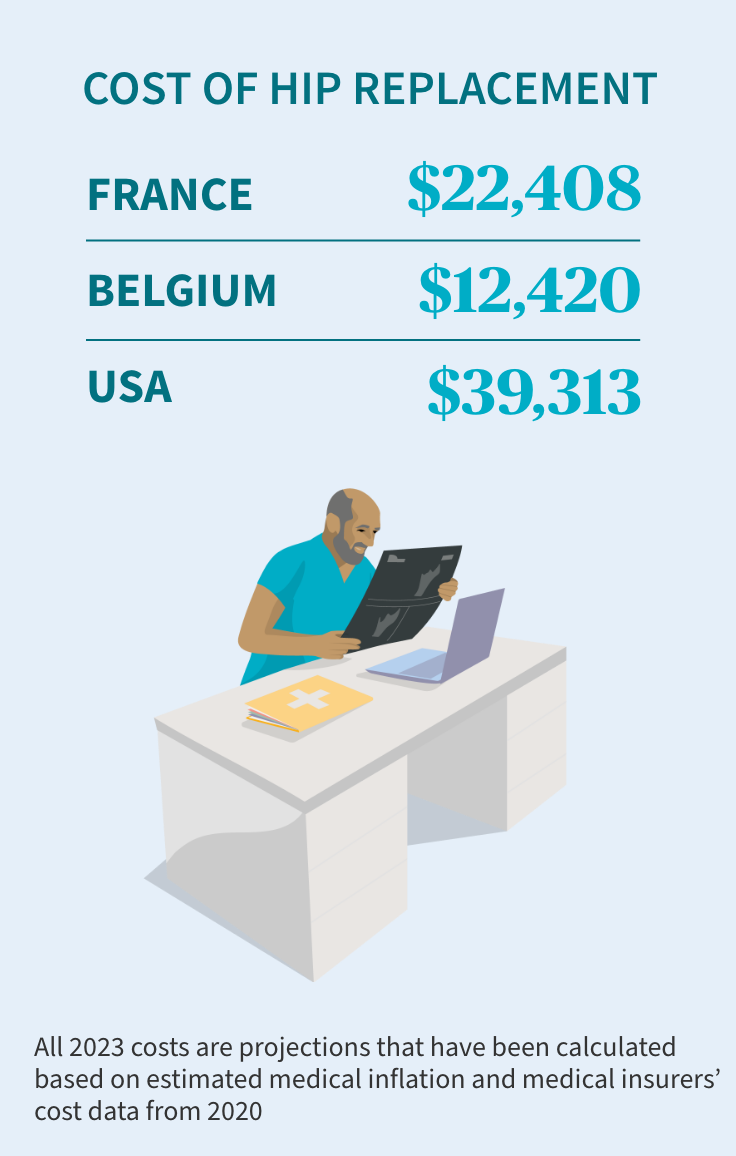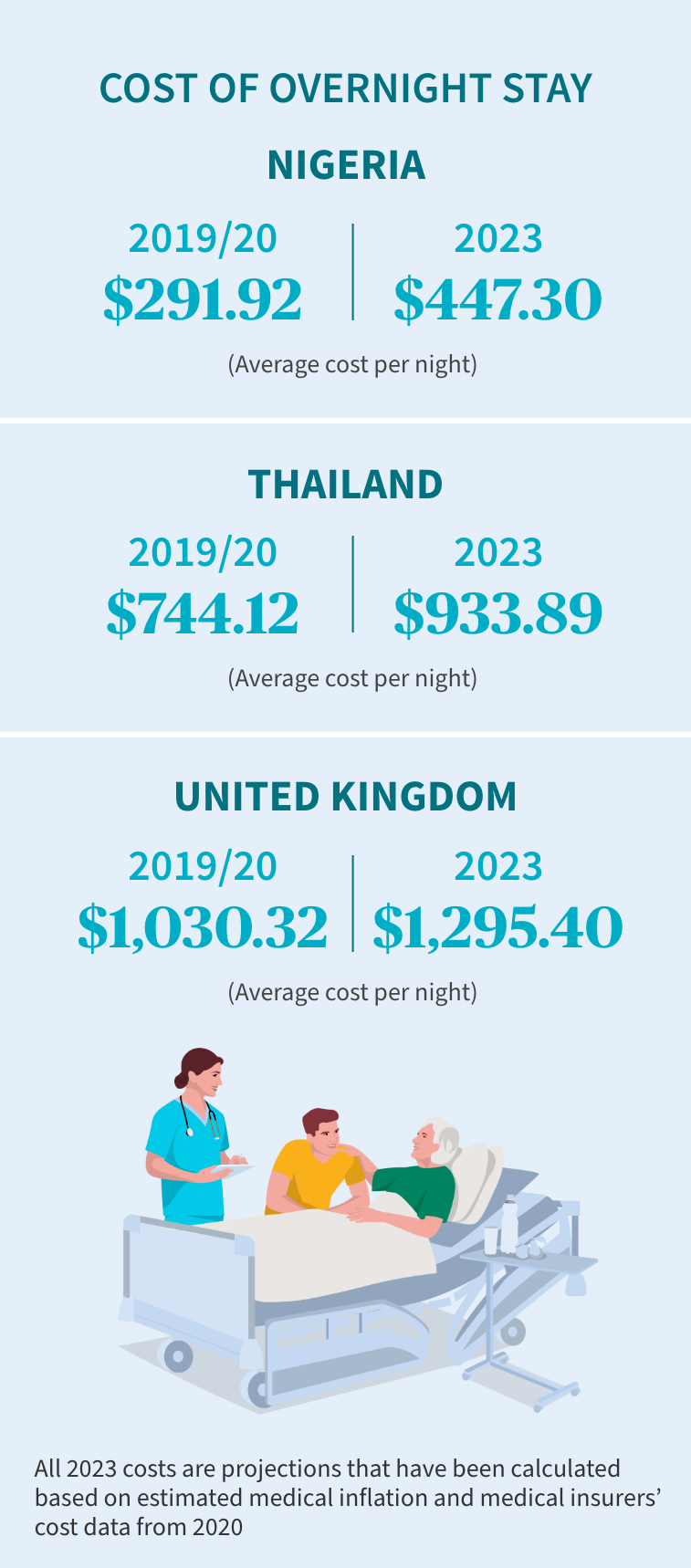No two countries are the same. That’s one of the reasons so many of us choose to travel the world or start a new life overseas. We want to discover different cultures, explore different opportunities and experience a different way of life.
While these differences are what make every journey so unique and worthwhile, they can also pose certain challenges. Particularly when it comes to healthcare.
A world of difference
Every country has its own approach to providing medical care and treatment, both for citizens and visitors.
If you move to France, for example, you can register for public healthcare after you’ve lived there for three months. But in Singapore, public healthcare is only available to citizens and long-term permanent residents. Thailand, meanwhile, has public healthcare but it’s only accessible to expats through an employer, while in Sweden, all residents are eligible for subsidised healthcare, including expats.
So, it’s fair to say that, just as no two countries are the same, no two healthcare systems are the same either.



